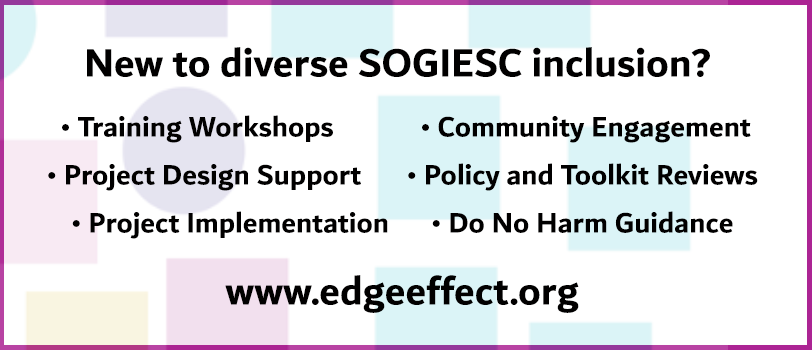In 2015 LGBTI refugee youth living in Lebanon were supported by UNHCR to establish a youth group. The group provides peer-to-peer support for LGBTI youth refugees and their partners through open discussion, life skills development and information on and access to protection, assistance and services relevant to the needs and interests of LGBTI youth refugees. Initially 15 members between the ages of 19-29 joined the group and it has since expanded to 35 members.
This chapter provides an overview of the context in which these youth live and their specific needs (in short, that LGBTI refugees have very high protection needs in employment, shelter and safety and security, and face disproportionate levels of violence, discrimination and abuse), followed by an overview of the process and activities of the youth group. Activities include: regular meetings, information sessions, case management, on-the-job coaching activities, internal capacity building initiatives and more.
Feedback and complaints mechanisms have been established, and FGDs have been conducted to document the impacts of the youth group. Overall, respondents note that the youth group has strengthened case worker managements, group m embers have increased access to livelihood opportunities, increased cross-cultural understanding as the group has grown to include refugees and host community members alike; and UNHCR has built new partnerships with I/NGOs working on LGBTI rights. The greatest challenges were reaching out to LGBTI youth living outside of urban centres and the enforcement of strict confidentiality procedures. The main risks are low participation, lack of legal documentation limiting mobility, risk of detention and discrimination. All risks are associated with one or more mitigating actions. The chapter concludes with recommendations for scaling up or replicating a similar youth group elsewhere.





